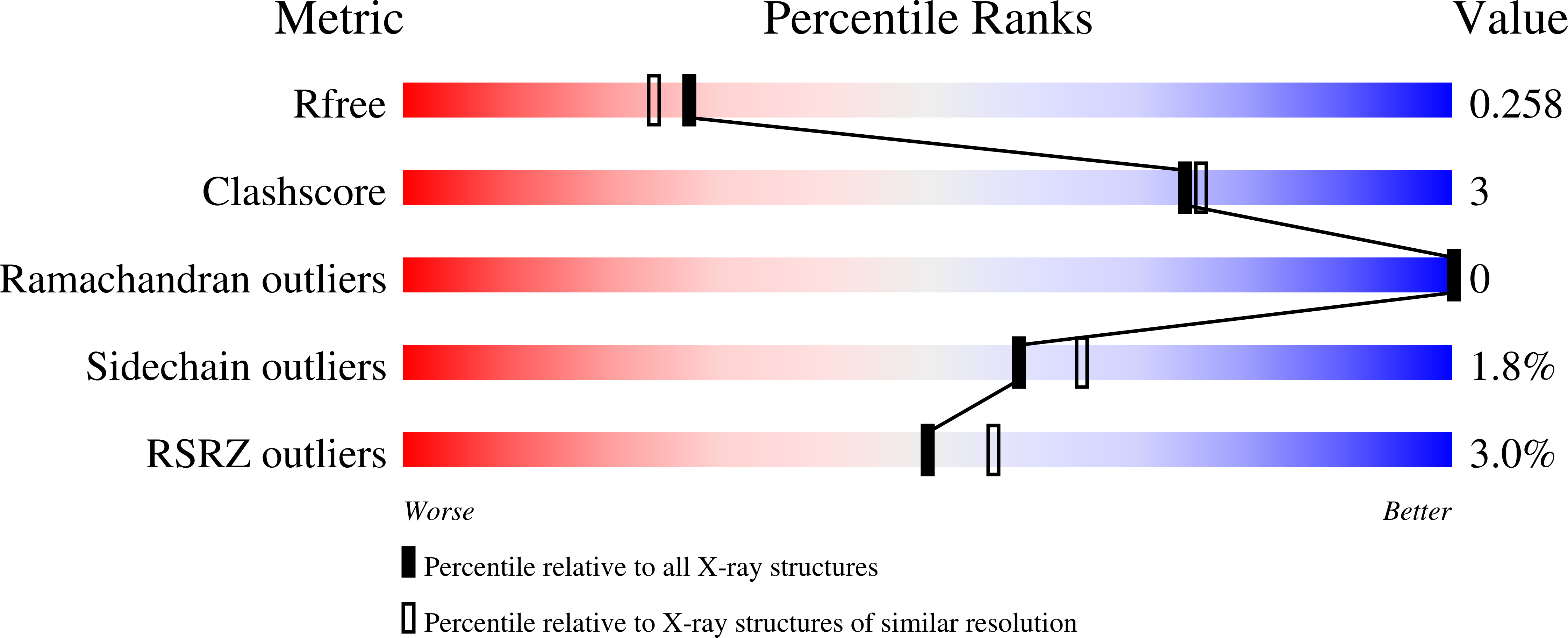
Deposition Date
2020-11-28
Release Date
2020-12-16
Last Version Date
2024-01-31
Method Details:
Experimental Method:
Resolution:
2.11 Å
R-Value Free:
0.24
R-Value Work:
0.20
R-Value Observed:
0.20
Space Group:
P 1 21 1


